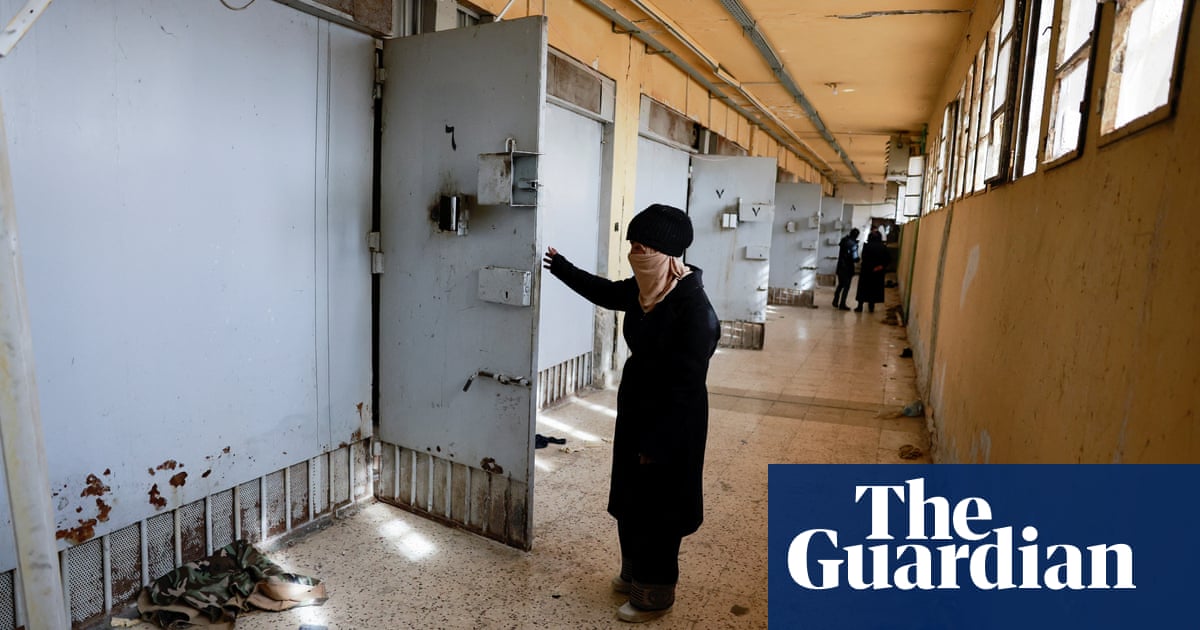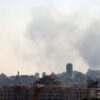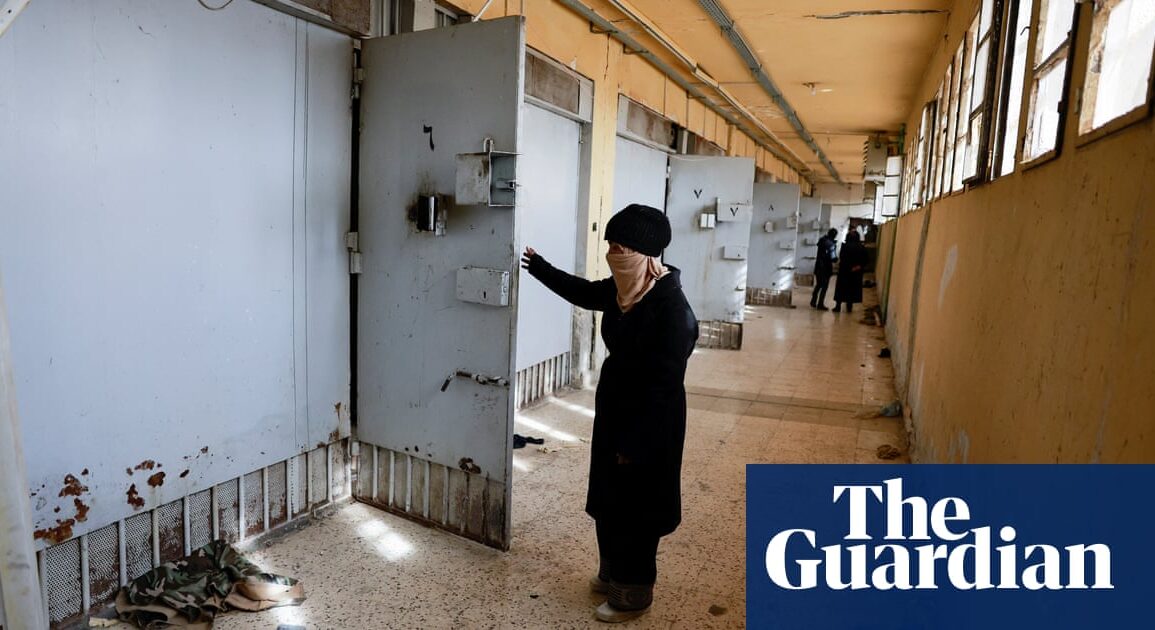
The Islamist rebel commander responsible for the downfall of the Syrian president Bashar al-Assad has said that those responsible for torture and killing in Syria’s notorious prison system will not evade justice, after the opening of detention centres revealed the extent of the regime’s crimes against its own people.
Pardons or amnesties would not be granted for implicated regime officials, Ahmed Hussein al-Sharaa, also known as Abu Mohammed al-Jolani, said in a statement published on the state broadcaster’s Telegram channel. “We will pursue them in Syria, and we ask countries to hand over those who fled so we can achieve justice,” he said.
Assad’s commanders have been hunted down across the country in the two weeks since Jolani’s group Hayat Tahrir al-Sham (HTS) launched a surprise offensive on the northern city of Aleppo that led to the swift collapse of one of the most oppressive police states in the world and ended almost 14 years of brutal civil war. Many high-ranking officials have fled abroad, and some are believed to be in hiding on the coast, where the regime’s support was traditionally strongest.
Several unverified videos circulating on social media appear to show killings of Syrian forces in uniform in different places around the country.
At the Masnaa border crossing to Lebanon on Wednesday night, thousands of Syrians were trying to leave the country despite assurances from HTS that civil rights and sectarian differences will be respected. Rebel fighters appeared to be searching for members of the regime army and security services trying to get to Lebanon with their families.
The challenges ahead for Syrians who dare to hope for a better future are immense – not least a desire for justice that could push the ethnically and religiously diverse country into a new chapter of violence if armed actors take matters into their own hands.
In his first brief address on state TV on Tuesday, the new interim prime minister, Mohammed al-Bashir, appeared in front of two flags: the green, black and white flag flown by opponents of Assad throughout the civil war, and a white flag featuring the Muslim shahada, or oath of faith, typically flown by Sunni Islamist fighters, raising concerns amid Syria’s minority groups about the direction HTS may take the country in.
On Wednesday, a mausoleum in Qardaha near Latakia that housed the remains of Assad’s father, Hafez, who seized control of Syria in 1970, was burned by armed Islamist rebels, adding to fears among the Assad family’s minority Alawite sect.
Many people are still combing the corridors of the regime’s detention centres looking for clues as to the whereabouts of disappeared loved ones. At least 300,000 people were killed and another 130,000 are still missing from the war, the majority believed to have vanished into the prison system.
In the morgue of a hospital in Damascus, 35 bodies bearing signs of torture arrived on Wednesday, and doctors asked people to examine photographs of their battered bodies before allowing them to inspect the corpses. Yasser al-Qassem, a pathologist, told Agence France-Presse that the dead were detainees from the infamous Sednaya prison on the outskirts of the capital, called a “human slaughterhouse” by Amnesty International, and that they had clearly been killed recently.
On Wednesday in al-Midan, a busy neighbourhood south of Damascus’s old city, thousands of people gathered in al-Ashmar Square after rumours spread that one of the key perpetrators of the 2013 Tadamon massacre was going to be hanged in public for his crimes.
The massacre was revealed by the Guardian two years ago: blindfolded and handcuffed civilians were shot one by one, their bodies falling into a pit prepared in advance, which was then set on fire with the use of burning tyres. Footage filmed by Assad’s soldiers documented the killings of at least 288 people, including 12 children.
In al-Ashmar, boys and young men climbed trees and perched on the roofs of bus stops, waving the Syrian opposition and Palestinian flags, as masked and armed fighters led chants for freedom and justice as they waited for the arrival of the Syrian military intelligence officer.
After about two hours, he was not bought forward, and the crowd dissipated. But those waiting said the appetite for revenge was strong. “The people suffered so much. This isn’t just about Tadamon or Sednaya,” said Areej, 35, from the desert city of Deir ez-Zor.
“These crimes affected everyone and after so many years of the regime there is a need for justice. I hope that keeps the people together against the regime and not each other,” she said.
Mohammed, 20, from Damascus, said: “You can see how many people are here … Now the rumour is he will be executed on Friday instead. We will come to the square every day until it happens.”
Elsewhere in Syria on Wednesday, the situation remained fluid and some frontlines re-erupted. Fighting in Manbij on the Turkish border between Turkish-backed Arab rebel groups and the Kurdish-led, US-backed Syrian Democratic Forces (SDF) has killed 218 people since the Turkish-supported groups launched the offensive in the aftermath of Assad’s decision on Sunday to flee to Moscow.
Israel, which has been fighting both the Palestinian group Hamas in Gaza and the Lebanese militia Hezbollah for over a year, has deployed ground troops into and beyond a demilitarised buffer zone in the disputed Golan Heights, its first foray into Syrian-controlled territory for 50 years.
It has also launched possibly the biggest operation in the history of the Israel Defense Forces (IDF), with 480 airstrikes across Syria over the past two days which have hit weapon depots, military infrastructure, and the regime’s planes, helicopters and navy.
This post was originally published on this site be sure to check out more of their content.









